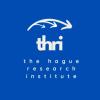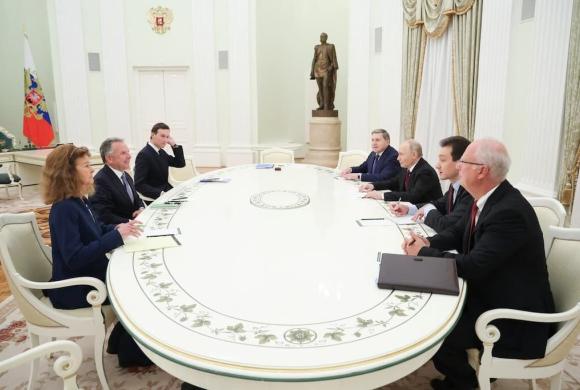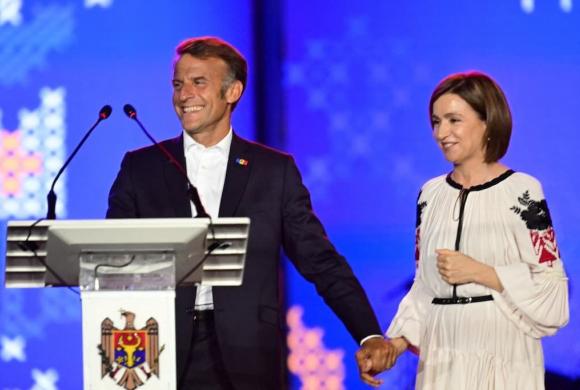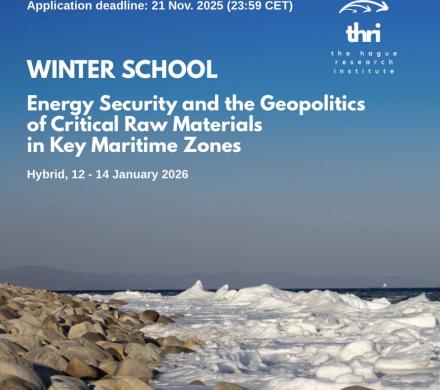The Limits of Central Asia’s Multi-Vector Foreign Policy

Since independence, Central Asian states have relied on a multi-vector foreign policy, seeking to balance relations with Russia, China, the United States, and the European Union. This approach has offered flexibility, access to investment, and a degree of strategic autonomy. Yet this article demonstrates that the room for maneuver is rapidly narrowing. Intensifying competition among great powers and deepening economic and security dependencies are forcing Central Asian leaders into difficult choices. Kazakhstan, Uzbekistan, and others face growing pressure to align more closely with one power or another, undermining the very principle of balance. The analysis shows that while multi-vectorism remains attractive in theory, in practice it increasingly exposes the region to vulnerabilities and external influence. The study contributes to a clearer understanding of how Eurasia is shaped by shifting geopolitical fault lines, and what this means for regional resilience.

The Hague Research Institute
The Hague Research Institute is an independent non-profit think-tank. Our goal is to provide both local and international audiences with clear policy analysis, opinion articles, and research about Europe’s connections with the South Caucasus and Central Asia.



